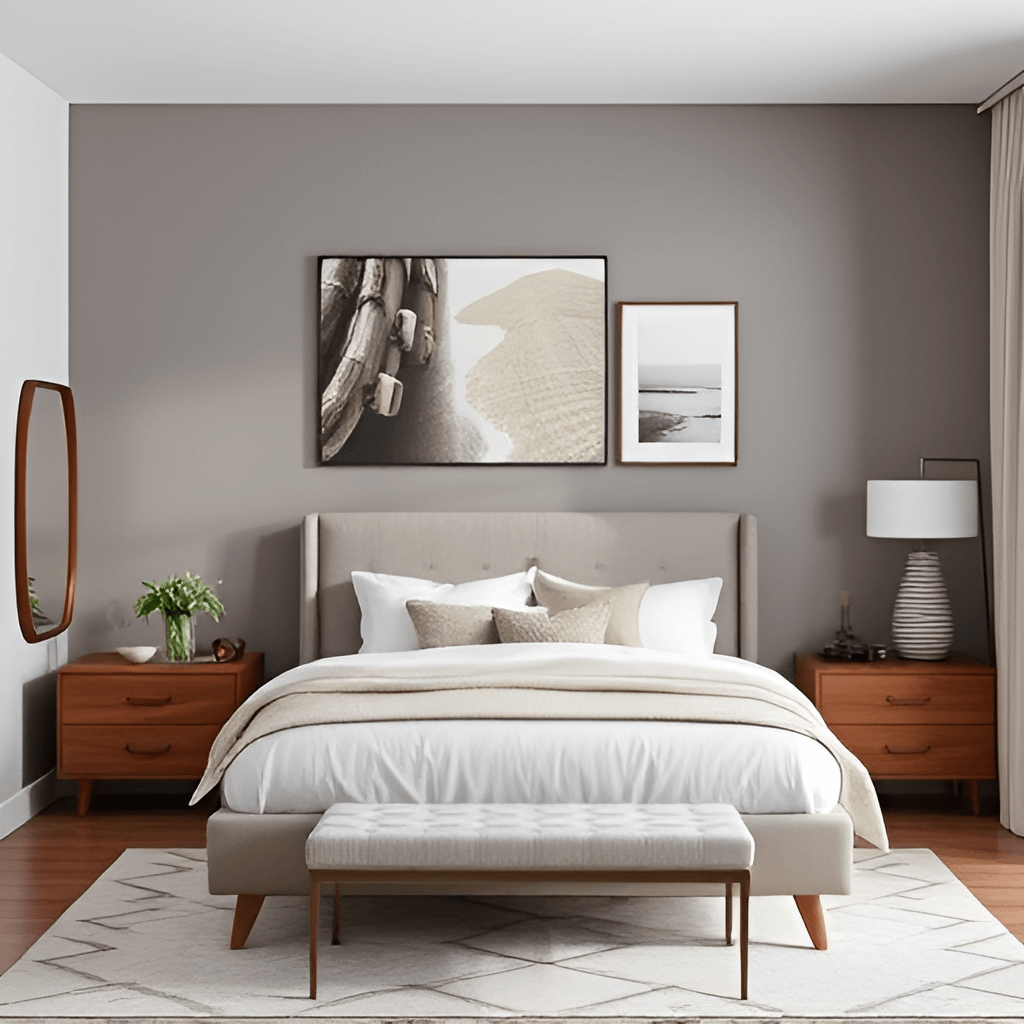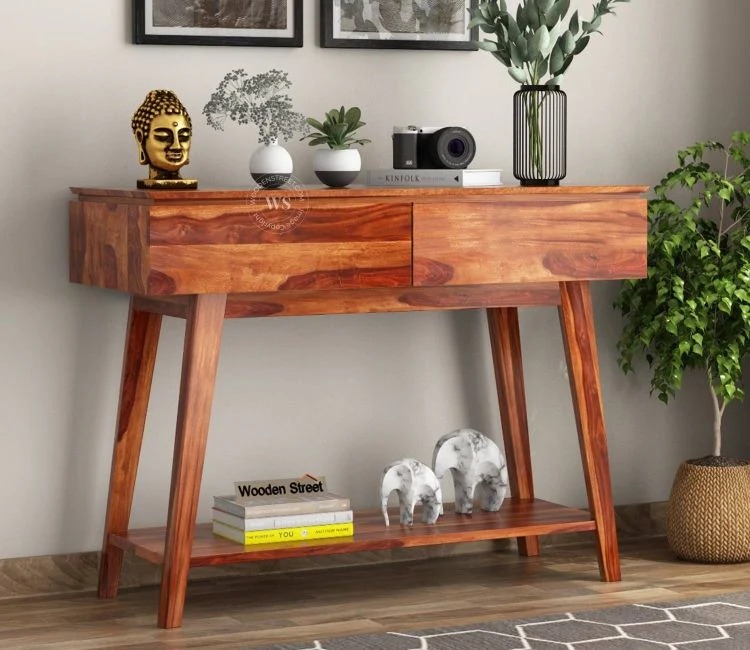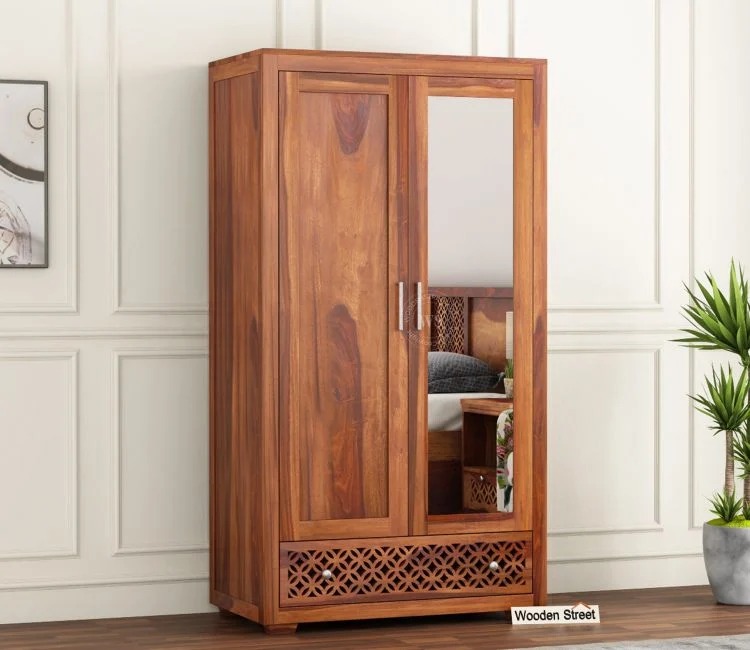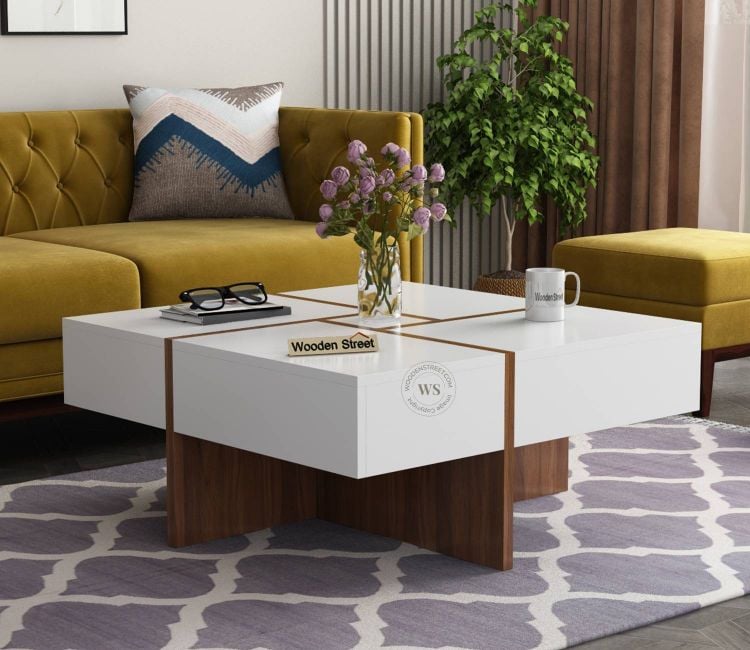Sofas Selection Tips to Elevate Your Living Room Décor
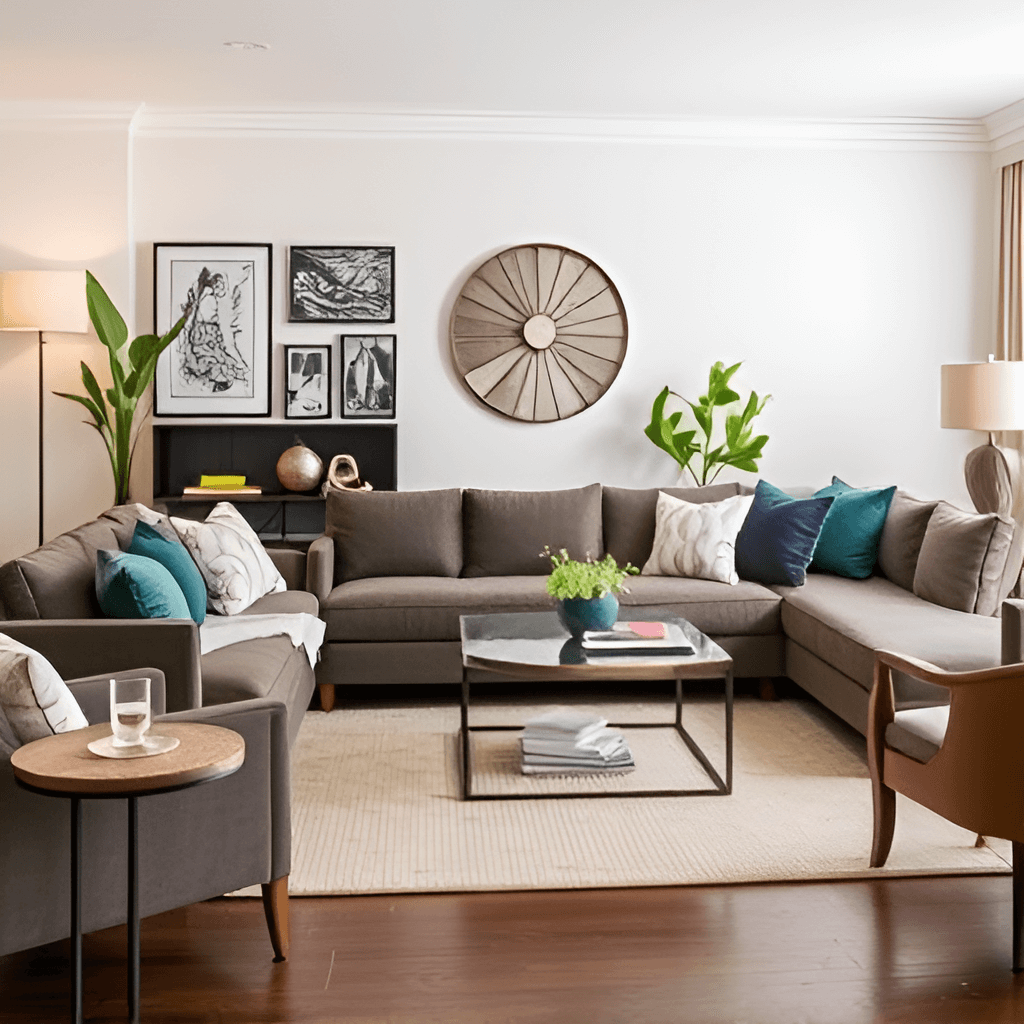
When it comes to home design, the living room is often the focal point of a house, where both functionality and aesthetics converge. As the centerpiece of this space, the sofas plays a vital role in determining the overall feel and look of the room. Choosing the right sofa for your living room can significantly elevate its décor, making it both comfortable and stylish. Whether you’re leaning toward modern, traditional, or eclectic styles, there are a variety of sofa sets that can transform your living room. In this article, we’ll explore some essential sofa selection tips that will help you enhance your living room décor and bring out the best in your home furniture.
1. Understand Your Living Room Space
Before making any decisions, it’s important to assess the size and layout of your living room. This will help you determine the dimensions of the sofa that will fit best in your space. Measure your living room area, including the length and width, and take note of where doors, windows, and other pieces of furniture are located. The goal is to ensure that your new sofa complements the room without overwhelming or cluttering it.
For small living rooms, a compact two-seater or a minimalist sectional sofa set may work well. On the other hand, for more spacious areas, you can opt for larger sofa sets, such as L-shape sofas or full-size sectionals, to create a grander focal point. A well-proportioned sofa enhances the flow of your living room furniture layout and ensures that the space feels balanced.
2. Select a Style That Complements Your Décor
Sofas come in a wide range of styles, from contemporary to classic, and everything in between. Your choice of sofa set style should align with the overall theme of your living room décor. For instance, if your living room features modern furniture with clean lines and minimalistic design, you might want to choose a sleek, low-profile sofa with smooth upholstery. Leather or microfiber sofas often work well in contemporary settings, adding a touch of sophistication to the room.
Alternatively, for a traditional or rustic living room, you might opt for a sofa with more intricate details, such as tufted cushions, wooden legs, or rolled arms. Fabrics like linen, velvet, or wool can enhance the traditional appeal of your home furniture. Whether you lean toward the latest trends or classic designs, your sofa should seamlessly blend with your living room’s overall décor theme.
3. Consider Sofas Upholstery Materials
The upholstery material of your sofa plays a significant role in both the aesthetic appeal and functionality of your living room furniture. Here are a few common options to consider:
- Leather: Leather is a durable and stylish material that adds a sense of luxury to your living room. It’s easy to clean and tends to age well, making it a great option for households with pets and children. However, leather can be expensive, and certain types may feel cold during winter months.
- Fabric: Fabric sofas come in an array of colors and patterns, making them versatile for any living room design. Popular fabric choices include cotton, linen, and velvet. Fabric sofas are typically softer and more comfortable than leather, but they require more maintenance, as they can be prone to stains.
- Microfiber: This synthetic material is known for its durability and resistance to stains, making it a practical choice for busy households. Microfiber sofas are soft to the touch and easy to clean, making them ideal for family homes.
- Velvet: Velvet upholstery adds an element of luxury and texture to your living room. Its rich, plush appearance makes it perfect for creating an opulent feel, but it may require more delicate care compared to other materials.
When choosing upholstery, consider your lifestyle and the amount of use your sofa will get. If you have young children or pets, you’ll want a durable, easy-to-clean fabric. If aesthetics are a priority, opt for materials that match the elegance of your home furniture.
4. Pick the Right Color Palette
The color of your sofa can either enhance or detract from your living room décor, so it’s essential to choose a shade that complements the existing palette of your space. Neutral tones, such as beige, gray, or white, are popular choices for sofas, as they provide a timeless look and allow flexibility when styling the rest of your living room. These shades work particularly well if you want to add bold accessories, such as colorful throw pillows, rugs, or artwork.
However, if you want your sofa to stand out as a statement piece, consider opting for vibrant hues like navy, emerald green, or mustard yellow. Bold-colored sofas can add a dynamic focal point to your living room, making the space feel lively and unique.
When selecting a color, think about the long-term appeal. Trends come and go, but neutral colors tend to be more versatile and adaptable over time. Conversely, bright or patterned sofas can become the centerpiece of your home furniture, especially if the rest of the room has a more subdued aesthetic.
5. Evaluate the Comfort Level
Comfort should be at the forefront of your decision-making process. After all, a sofa isn’t just about how it looks—it’s about how it feels. The comfort of your sofa is largely determined by its construction, including the cushion filling and frame material.
- Cushion Filling: Sofas generally come with one of three types of filling: foam, feather, or a combination of both. Foam-filled cushions offer firm support and tend to maintain their shape over time, making them a practical choice for everyday use. Feather-filled cushions, on the other hand, provide a soft, luxurious feel, though they may require frequent fluffing to maintain their appearance. A mix of both foam and feathers can provide a balance of comfort and durability.
- Frame Material: The frame of a sofa contributes to its overall sturdiness. Look for sofas with frames made from solid wood, as they tend to be more durable and long-lasting. Avoid sofas with frames made from cheaper materials, such as particleboard, as they may not withstand daily wear and tear as well.
Whether you prefer firm support or plush relaxation, always test the sofa before purchasing. Sit, recline, and ensure it meets your comfort preferences.
6. Choose the Right Configuration for Your Space
The shape and configuration of your sofa can greatly influence the functionality of your living room. Common configurations include:
- Straight Sofas: The most traditional option, straight sofas come in various sizes, such as two-seaters, three-seaters, or more. They’re ideal for both small and large spaces, depending on the size of the sofa, and can easily be paired with other home furniture pieces like armchairs or coffee tables.
- Sectional Sofas: Sectionals, also known as L-shaped or U-shaped sofas, are perfect for larger living rooms and open floor plans. They provide ample seating and create a cozy environment for family gatherings or entertaining guests. An L-shaped sofa works well when placed in a corner, while a U-shaped sectional can serve as the centerpiece of the room, creating a natural division between the living and dining areas.
- Modular Sofas: Modular sofas offer flexibility, allowing you to rearrange the seating arrangement as needed. This is a great option for people who like to change their living room layout frequently.
When choosing the configuration of your sofa, think about how it will fit into the room’s layout and complement other home furniture pieces. You’ll want to ensure that your sofa provides enough seating for your household while still leaving space for movement.
7. Don’t Forget About Maintenance
Every sofa requires a certain level of care to maintain its appearance and functionality. When selecting a sofa, consider how much maintenance you’re willing to put in. Fabric sofas, for instance, may require regular vacuuming and the use of stain protectors to keep them looking fresh. Leather sofas, on the other hand, benefit from occasional conditioning to prevent cracking and drying out.
If ease of maintenance is important to you, look for sofas with removable cushion covers that can be machine-washed. Alternatively, microfiber and leather sofas are generally easier to clean and more resistant to stains.
8. Incorporate Personal Touches with Accessories
Once you’ve selected the perfect sofa, it’s time to add personal touches to make your living room truly feel like home. Throw pillows, blankets, and decorative cushions are great ways to add texture, color, and personality to your living room. Mix and match different patterns and materials to create a dynamic and inviting space. You can also layer with rugs, artwork, and lighting to create a cohesive look that ties all your living room furniture together.
Conclusion
Selecting the right sofas for your living room is an essential step in elevating your home décor. By considering factors such as space, style, material, color, comfort, and configuration, you can find the perfect sofa set that not only fits your aesthetic preferences but also enhances the functionality of your living room. Whether you choose a bold statement piece or a neutral, timeless design, your sofa will serve as the foundation for creating a warm and inviting atmosphere in your home.
By following these tips, you’ll be well on your way to curating a living room that reflects your personal style and provides the ultimate comfort for you, your family, and your guests.

